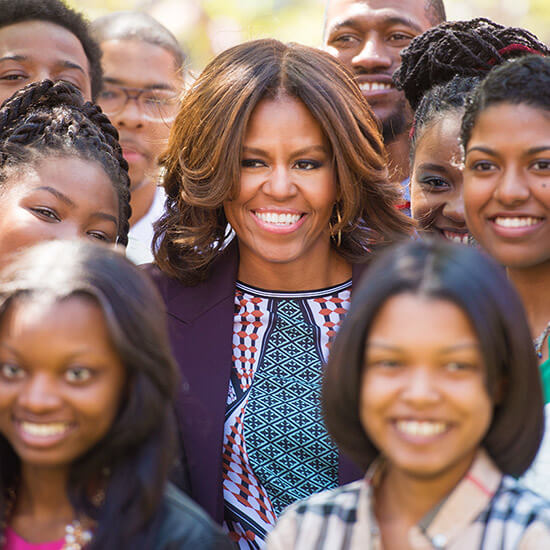Need help with financial aid forms? These groups are here to help.

It takes about an hour to complete, but filling out the Free Application for Federal Student Aid, known as FAFSA, can be daunting. There are questions about family income, investments and savings that can make any student’s eyes glaze over.
Now comes social media. Education groups are helping students navigate the application process — tweeting reminders or explaining how to complete the form. Many of these groups even offer text message alerts to capture an audience of students who live on their phones. The goal is to get more people to complete an application that government and colleges use to grant access to more than $150 billion in grants, loans and work-study money.
“Every year about 2 million students who are eligible for aid don’t fill out the FAFSA, so they are literally leaving billions of dollars on the table,” said Eric Waldo, executive director of Reach Higher, former first lady Michelle Obama’s education initiative. “Students are sometimes just scared off.”
[The government offers $130 billion to college students. Why aren’t more applying for it?]
Through its Better Make Room campaign, Reach Higher is using social media platforms such as Twitter, Snapchat and Instagram to walk students through the financial aid and college application processes. Students can also sign up for UpNext, a text messaging service that sends the same tips, deadline reminders and words of encouragement that the organization posts on social media. The free service is staffed by counselors, financial coaches and college students to answer questions.
The support provided by college access organizations is in greater demand because the window for submitting the FAFSA now opens in October, instead of January. The earlier start date, which kicked off last year, resulted in high school seniors completing 603,000 more FAFSA forms by mid-February than they did the previous year, according to the National College Access Network. All told, the Education Department said about 61 percent of high school seniors, or 2.1 million students, completed the application by June 30, the highest number in more than a decade.
“We saw measurable outcomes after the first year of the earlier deadline; we’ve raised the overall FAFSA completion rate 6 percent as of June 30,” said Kim Cook, executive director of the National College Access Network, which supports nonprofit organizations and schools in helping underrepresented and low-income students enter and complete college. “Among high school students alone, it went up 9 percentage points and reversed a four-year decline in FAFSA completion.”
Last year, Reach Higher sent out texts to about 150,000 students across the county over five months. The service is an outgrowth of research conducted by Ben Castleman, a University of Virginia education professor, who found that engaging students through text messages increased their completion of the FAFSA by about 12 percent.
Waldo regards the campaign as a supplement to the work of high school counselors, who he said are often flush with more students than they can reasonably handle. The national ratio of students to guidance counselors is nearly 500 to 1, double the rate recommended by the American School Counselor Association. Without guidance, students can easily miss out on opportunities to lower the cost of attending college or to make sure they select the school that fits them best.
“When you talk to counselors, they want these extra tools,” Waldo said. “They are trying to help so many students figure out their path that they need the extra help, whether it’s a texting campaign that can take one extra thing off their plate or supplement what they’re doing.”
[It’s about to get easier for students to figure out which colleges they can afford]
The National College Access Network last year launched the Form Your Future campaign, which uses Facebook messages and other social media to direct students to the Education Department’s FAFSA website. The effort directed more than 156,000 people to the application. The network also provides schools with toolkits for hosting FAFSA events.
Cook said one of the biggest challenges schools and organizations face is getting students to complete the application. Many will start and flame out before the finish line, which makes a nudge from counselors or education groups that much more important.
“Most students who complete the form receive some kind of aid,” she said. “It’s a worthwhile investment of your time.”
Getting a jump start on the FAFSA can make a difference in the amount of aid students receive. The sooner students turn in the form, the better their chances of qualifying for more money, because some states award aid on a first-come, first-served basis.
With that in mind, college access organization Get Schooled focuses its initial outreach in states with early financial aid award deadlines such as Kentucky, Illinois and South Carolina, said its executive director Marie Groark.
The nonprofit, a partnership of Viacom and the Bill & Melinda Gates Foundation, sponsors in-school contests that reward students for completing the FAFSA and runs a text line to answer questions about the application. It also offers students a chance to win a $1,000 scholarship for simply using the hashtag #FAFSA on Twitter. Starting Oct. 9, the organization will team with MTV’s “Total Request Live” for a weeklong campaign to award five $20,000 scholarships to students attending college. The giveaway, like the group’s other events, will publicize the availability of the FAFSA.
“We always try to make it a value proposition where there is something in it for the kids in participating,” Groark said. “We find that just getting the term FAFSA out there gets kids to start asking questions about it.”
[Identity thieves may have hacked files of up to 100,000 financial aid applicants]
Higher education advocates are eager to see the momentum behind last year’s surge in applications continue, though many worried about whether the Education Department would have a popular online tool that makes the process easier ready for the FAFSA launch.
In March, the department and the Internal Revenue Service disabled the web-based “data retrieval tool” that lets people upload tax-return information after identity thieves tried to use personal information from it to file fraudulent tax returns. The data tool has been offline for months, but Education Department spokeswoman Liz Hill said it is up and running.
Cook, of the National College Access Network, said using the data retrieval tool will make the FAFSA process easier because it pulls in verified data, lowering the chance of students being asked to verify information with additional documents. That time-consuming process could take them out of the running for aid awarded on a first-come, first-serve basis.
©2024 Reach Higher COOKIE NOTICE | PRIVACY POLICY | TERMS CONDITIONS
Reach Higher is housed within The Common App, a 501(c)(3) nonprofit membership organization.

Reach Higher at Common App
info@ReachHigher.org
©2018 Reach Higher
PRIVACY POLICY | TERMS & CONDITIONS
Reach Higher and Better Make Room is housed within Common App, a nonprofit 501(c)(3) organization.









